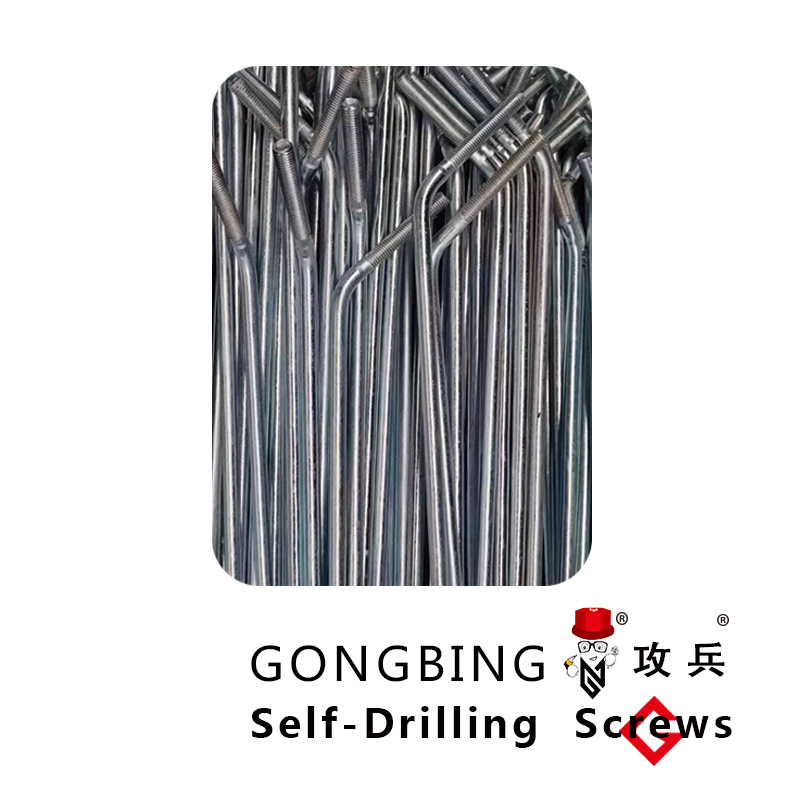Designing Steel Rod Bracing Systems for Enhanced Structural Stability and Performance
Steel Rod Bracing A Critical Component in Structural Engineering
In the realm of structural engineering, the integrity and stability of buildings, bridges, and other infrastructures are paramount. One of the key components that enhance structural performance is the use of steel rod bracing. This innovative method involves the application of steel rods to reinforce structures, providing them with the necessary strength and stability to withstand various loads, forces, and environmental conditions. In this article, we will explore the importance, applications, and advantages of steel rod bracing.
Understanding Steel Rod Bracing
Steel rod bracing is a technique used to create a systematic arrangement of steel rods that act as diagonal or lateral braces within a framework. These rods are typically made from high-strength steel, which provides excellent tensile strength and durability. By strategically placing these rods within a structure, engineers can effectively distribute loads and resist lateral forces such as wind and seismic activity.
The configuration of steel rod bracing can vary based on the specific needs of the project. Common patterns include X-bracing, V-bracing, and K-bracing, each offering unique advantages in terms of load distribution and structural behavior. The choice of bracing configuration often depends on factors such as the type of structure, anticipated loads, and architectural design.
Applications of Steel Rod Bracing
Steel rod bracing is widely utilized in numerous applications across various construction sectors. Some common applications include
1. Tall Buildings In skyscrapers and high-rise buildings, steel rod bracing plays a vital role in maintaining structural stability against lateral forces caused by wind and earthquakes. The bracing helps prevent excessive sway and potential failure of the structure in extreme conditions.
2. Bridges Many bridge designs incorporate steel rod bracing to enhance load-bearing capacity and resist torsional forces. By effectively distributing weight and providing stability, bracing systems contribute to the longevity and safety of the bridge.
3. Industrial Structures Factories and warehouses often require robust structural support to withstand heavy machinery and dynamic loads. Steel rod bracing is commonly employed in these buildings to ensure safety and prevent deformation over time.
steel rod bracing

4. Retrofit Projects In existing structures that need retrofitting for enhanced safety, steel rod bracing can be an effective solution. It provides additional support and improves the building’s ability to handle increased loads or comply with updated building codes.
Advantages of Steel Rod Bracing
The advantages of using steel rod bracing in construction are substantial
1. Cost-Effectiveness Steel rod bracing offers a cost-effective solution for enhancing structural integrity without significantly increasing material costs. This method can be more affordable than alternative reinforcement techniques.
2. Lightweight Yet Strong The high strength-to-weight ratio of steel allows for a lightweight design, which reduces the overall burden on the foundation while still providing maximum support.
3. Flexibility in Design Engineers can easily adapt steel rod bracing to fit various architectural designs, allowing for creativity and innovation in building structures. This flexibility ensures that bracing can be integrated seamlessly into the overall design while serving its purpose effectively.
4. Simplified Maintenance Steel rod bracing systems are designed to be durable and require minimal maintenance over their lifespan. This reliability reduces long-term costs associated with repair and upkeep.
5. Aesthetic Appeal When designed thoughtfully, steel rod bracing can enhance the visual appeal of a structure. The industrial look of exposed steel rods can be an attractive element in modern architecture, blending function with design.
Conclusion
Steel rod bracing is an essential technique in structural engineering that enhances the safety, durability, and resilience of buildings, bridges, and other constructions. With its wide range of applications and numerous advantages, it proves to be a vital solution in today’s construction industry. As engineers continue to innovate and adapt designs to meet the growing challenges of environmental forces, steel rod bracing will undoubtedly remain a central component in creating robust and reliable structures.
-
Weatherproof Plastic Expansion Anchors for OutdoorNewsJun.06,2025
-
Sustainability in the Supply Chain: Eco-Friendly TEK Screws ProductionNewsJun.06,2025
-
Load-Bearing Capacity of External Insulation FixingsNewsJun.06,2025
-
Double Head Bolts: Enhancing Efficiency in Industrial MachineryNewsJun.06,2025
-
Corrosion Resistance in Chipboard Screws: Coatings for Wholesale DurabilityNewsJun.06,2025
-
Butterfly Toggle Bolts : Enhancing Structural ResilienceNewsJun.06,2025
